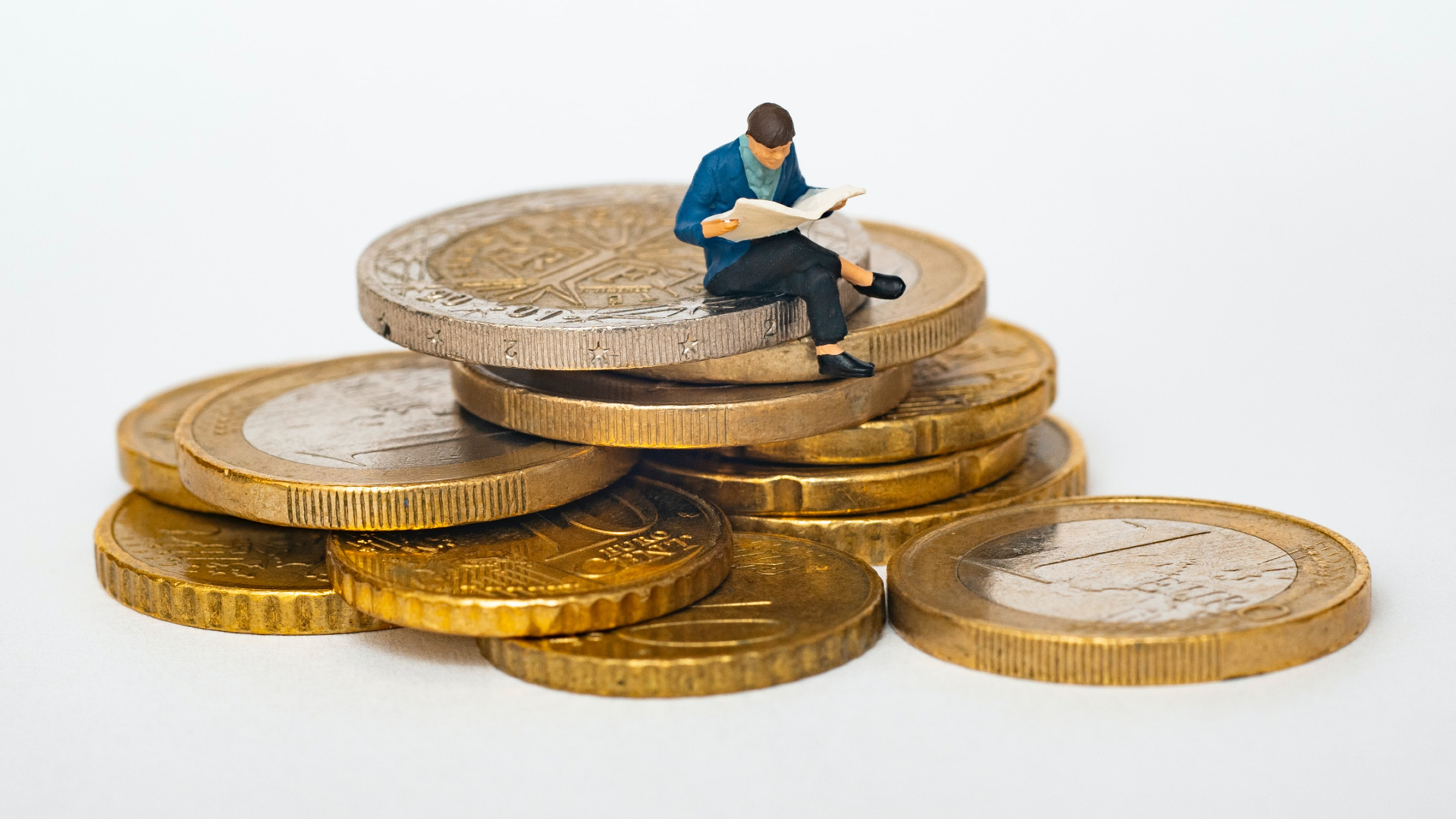What Makes Us Cheat? Three Classic Experiments from Behavioral Economics.

Dan Ariely, the psychologist who popularised behavioral economics, has made a fascinating documentary with director Yael Melamede exploring what makes us dishonest. I’ve just finished watching it and it’s something of a masterpiece of psychological storytelling, delving deep into contemporary tales of dishonesty, and supporting its narrative with cunningly designed experiments that have been neatly reconstructed for the film camera.
Below are three excerpts I selected in which Ariely and his co-authors walk us through some of their most thought-provoking experiments and discuss their implications, reproduced here with the permission of the filmmaker.
The Matrix Experiments
Most people cheat a little bit, cumulatively this low-level cheating dwarfs the economic impact of those who cheat a lot.
The Human Capacity for Self-Deception
Most people believe they are somewhat better than average; not only is this statistically impossible, but also even when we know full well that we are cheating, we’ll still fool ourselves into believing otherwise. Our self-evaluation remains distorted even when our own money is at stake, a principle known as the optimism bias.
Social Norms
Whether or not we cheat has less to do with the probability of being caught, than whether or not we feel cheating is socially acceptable within our social circle.
For more of the above, I recommend watching Ariely’s film – (Dis)Honesty – The Truth About Lies, which includes more experiments from behavioral economics described in detail, along with some fascinating case studies from professional cheaters: athletes who’ve been caught doping, bankers who’ve been jailed for insider trading, and partners caught stepping out on their significant others.
Full disclosure: I received a free review copy of the film from the producers.
Follow Simon Oxenham @Neurobonkers on Twitter, Facebook, RSS or join the mailing list, for weekly analysis of science and psychology news.





